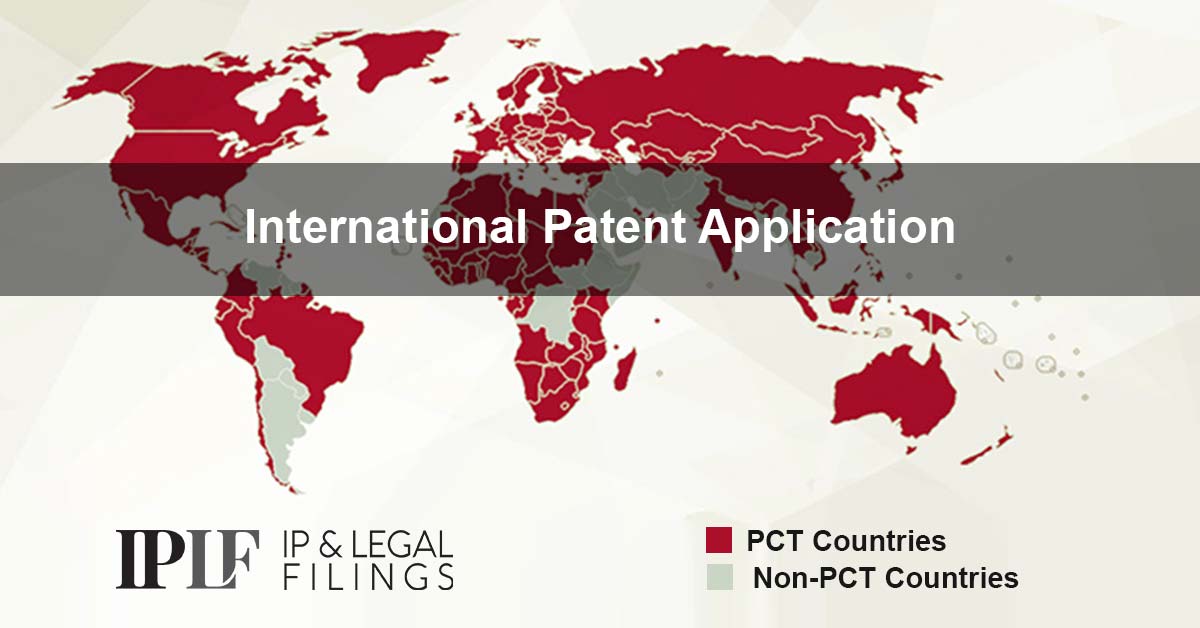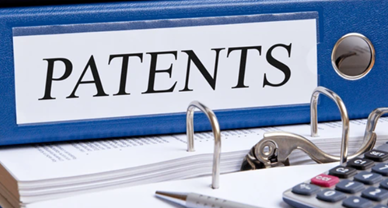International Patent Application Vs Direct Overseas Patent Filings

- Filing the first patent application in a Paris Convention country (a member state of Paris convention) and then file separate applications in other Paris Convention countries within 12 months from the filing date of the first application.
- Using the PCT filing procedure i.e., The Patent Cooperation Treaty (PCT) which is an international agreement that provides a unified and simplified procedure for filing multiple foreign patent applications via a single initial application. Most industrialized countries are members of the PCT, including many countries that are also members of different regional patent offices. An application can be filed under the PCT directly or within the 12 month period provided by the Paris Convention.
- Directly filing simultaneous applications in all the countries where patent protection is desired.
After filing an application in the home country, the applicant has the option of filing an application in other countries. The Paris Convention, to which most of the countries are signatories, allows the applicant a period of 12 months to file applications in any of the member countries. The subsequent application, if filed within the stipulated period of 12 months grants the applicant the benefit of claiming the filing date of the first application in all other countries.
Similarly, the PCT filing procedure enables patent applicants to file a single patent application and have that single, uniform patent application be treated as an initial application for patent in any Member Country. Filing an international patent application to start the patent process can frequently be a wise move for someone contemplating securing patent rights in multiple countries.
The major advantages of the PCT filing procedure are:
- A single application (the international application) in a single language filed in a single country is tantamount to filing simultaneously in different (member) countries.
- Saves time and effort of the applicant seeking protection for an invention in a number of countries.
- Provides the applicant with preliminary feedback regarding the patentability of the invention.
- Enables the applicant to delay filing the application in individual national patent offices for up to 30 months after the first (priority) date.
- Streamlines the process of filing applications in multiple countries.
- PCT filing procedure currently provides protection in more than 150 countries worldwide and therefore, provides flexibility and better choice.
- Help keep the competition at bay by virtue of providing a wide array of options for applicants, in case their patent presence is being monitored.
However, the shortcoming of the PCT filing procedure is that the applicant is not bestowed with an international or universal patent. This is because the granting of patents remains under the control of the national or regional patent Offices in what is called the “national phase”. National Phase refers to the process of converting an international application into the national patent application of the selected country. It goes without saying that conversion charges apply each time an application is converted. An Application enters the national phase after 30/31 months from the earliest filing date (priority date). It is pertinent to note here that, if an application is not filed using the PCT procedure, the time limit for filing an application in other countries remains 12 months.
An applicant may decide not to file a convention application and instead use the patent filing services for directly filing the patent application in the country of his interest. The incentive for doing so could be the elimination of the cost of conversion, thereby, making it slightly cost-effective. However, it is pertinent to understand the downside of filing directly in overseas jurisdiction, that is, once the period of 12 months after the grant of patent expires, the applicant loses the opportunity to get an extra period of 30 months to choose the potential market, should he find a new potential market later on. Therefore, this equation can only work when the applicant is categorically certain about the countries in which he desires protection for his patent.
Hence, it can be concluded that the idiosyncrasies of a case define which kind of patent filing service is best suited for an applicant. If an applicant is absolutely sure about the jurisdictions he would need protection in and would not require any further filings then he might find Direct filing more cost-effective and in case the applicant needs time to figure out the countries where he might file an application, then PCT route would be his best bet!


